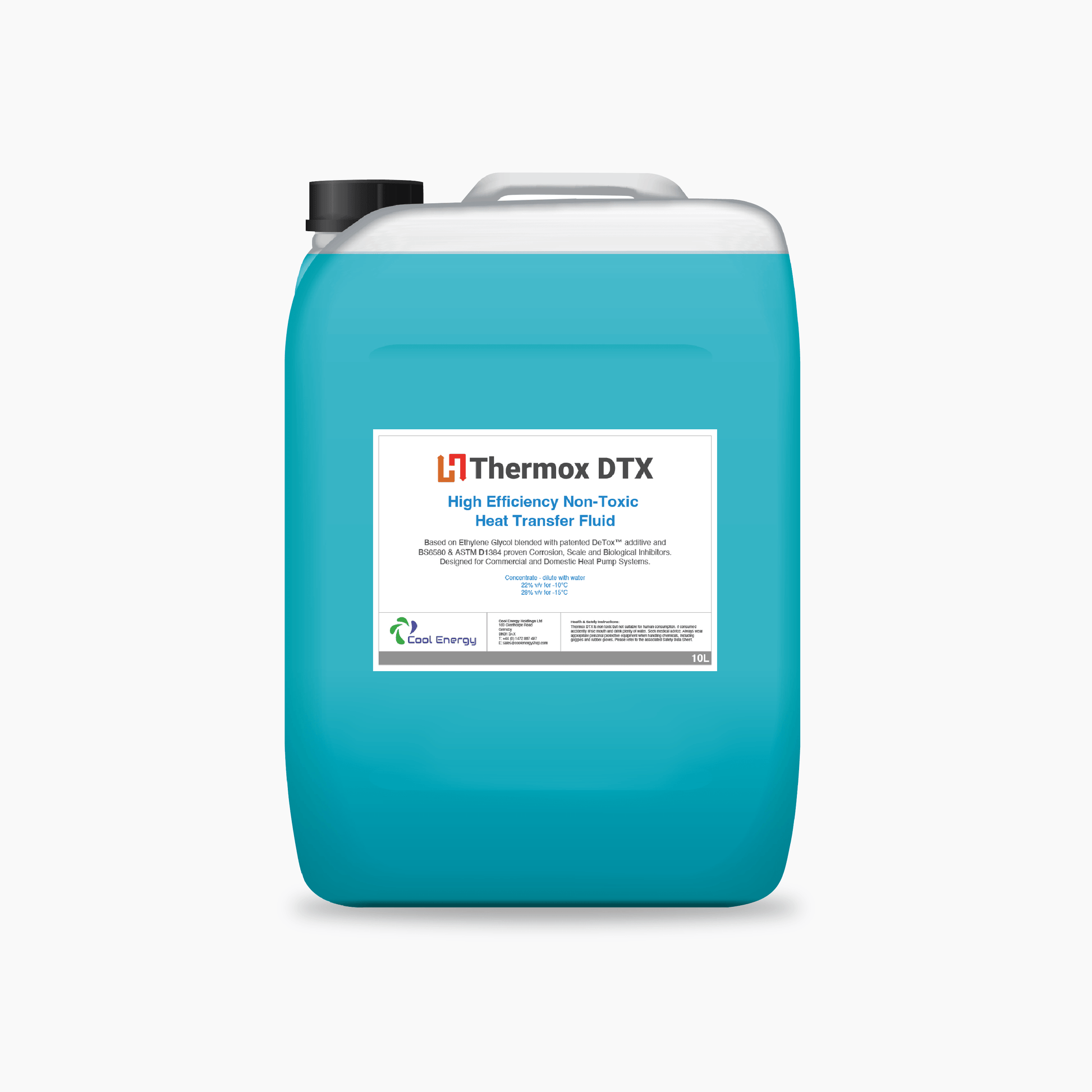The Significance of Thermal Security in Heat Transfer Fluid Selection
Exactly How Warm Transfer Fluid Adds To Sustainable and Cost-efficient Operations
In the contemporary industrial landscape, the function of warmth transfer liquids (HTFs) in promoting sustainable and affordable operations can not be overemphasized. These fluids are critical in enhancing thermal monitoring systems, therefore considerably improving power effectiveness and minimizing operational prices. The ecological benefits of innovative HTFs, with their high thermal security and low poisoning, are indisputable. They not just expand system long life but also add to the decrease of unsafe exhausts. The true potential of HTFs is recognized via the careful option process, ensuring compatibility and security. What factors should guide this essential option?
Understanding Heat Transfer Liquids
In the realm of thermal administration, warm transfer fluids (HTFs) offer as important representatives for transferring thermal power from one place to an additional. These liquids play a critical role in different industrial applications, including chemical processing, power generation, and Cooling and heating systems.
The composition of warmth transfer liquids can vary dramatically, including alternatives such as mineral oils, artificial oils, glycols, and molten salts. Each type offers unique advantages, such as boosted thermal stability, reduced thickness, and high boiling factors, which are chosen based upon certain functional needs. The selection of HTF impacts not only the efficiency of heat transfer but likewise the long life and safety of the system in which it is employed.
As markets remain to introduce, the development of innovative HTFs, identified by their enhanced thermal conductivity and minimized environmental effect, is crucial for satisfying the demands of contemporary thermal administration difficulties.

Enhancing Power Efficiency

Improving energy effectiveness has actually become a vital worry across different markets, motivating a closer examination of heat transfer liquids' duty in enhancing thermal management systems. These fluids are important to maintaining the desired temperature in processes, thereby lessening energy waste and improving general system effectiveness. By choosing an ideal warmth transfer liquid, sectors can substantially boost their energy efficiency, causing minimized energy intake.

Advanced formulations of warm transfer fluids have been developed to hold up against severe temperature levels while maintaining security and efficiency. Improving energy performance through optimal heat transfer fluid option is not just a technological necessity but likewise check out this site an environmental important.
Reducing Functional Prices
Functional expenses are a substantial factor to consider for sectors looking for to keep affordable benefit, and the choice of warm transfer fluid plays a crucial function in expense administration. Choosing a proper warm transfer liquid can result in considerable price financial savings by improving system performance and minimizing power consumption. High-performance fluids lessen thermal destruction, which in turn decreases the frequency of fluid replacement and downtime connected with maintenance, consequently lowering operational expenditures.
Furthermore, warm transfer liquids with remarkable thermal security and corrosion resistance prolong the lifespan of tools. This decreases the demand for regular repair work and replacements, which can be costly and disruptive to operations. By purchasing premium liquids, industries can achieve long-lasting reductions in upkeep prices and boost the dependability of their systems.
Additionally, advanced warm transfer liquids usually display reduced viscosity at running temperature levels, which boosts pump efficiency and lowers energy usage in fluid flow. This optimization of power consumption directly converts right into lowered operational costs. Moreover, many modern-day warmth transfer fluids are crafted to run effectively over a broad temperature level array, decreasing the demand for several fluid kinds, therefore improving stock needs and minimizing associated expenses. These aspects jointly contribute to even have a peek at these guys more lasting and cost-efficient procedures.
Environmental Influence Reduction
The push towards minimizing ecological influence has gotten momentum in markets leveraging heat transfer liquids. Warm transfer fluids (HTFs) play an important role in this transition, supplying opportunities to enhance power performance and minimize exhausts - heat transfer fluid.
Additionally, using innovative heat transfer liquids adds to better system effectiveness, decreasing the overall power intake. This reduction not only causes price financial savings however likewise decreases co2 exhausts, aiding in the fight versus environment adjustment. Fluids that are biodegradable and recyclable better improve sustainability efforts, as they lessen waste and promote round economic situation methods.
Additionally, integrating HTFs into closed-loop systems prevents fluid loss and contamination of the surrounding environment. This approach makes sure that liquids are reused, minimizing the need for brand-new sources and restricting waste generation. By welcoming these ecologically aware methods, markets can dramatically lessen their ecological impact while keeping high functional efficiency, aligning with worldwide sustainability objectives and regulative demands.
Selecting the Right HTF
Choosing the suitable warm transfer liquid (HTF) is an important action in progressing ecological sustainability within industrial procedures. The choice of HTF straight influences system performance, power intake, and environmental impact. An excellent HTF needs to possess a high thermal ability, reduced thickness, and high thermal conductivity to guarantee reliable warmth transfer. Furthermore, its security over a broad temperature level array is essential to stop deterioration, which can result in raised discharges and waste.
When selecting an HTF, it is vital to consider its compatibility with system products to avoid deterioration and chemical reactions. This official website makes sure durability and decreases maintenance expenses. Furthermore, the liquid needs to be non-toxic and biodegradable, lessening its ecological footprint and ensuring compliance with ecological guidelines. The lifecycle expense of the HTF, incorporating purchase, operation, and disposal, should additionally be examined to ensure financial expediency.
Conclusion
